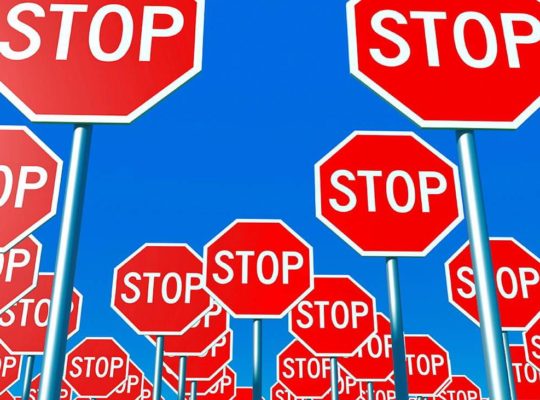
In any disciple, one of the most critical steps to understanding what works and what does not is evaluation. It is essential to drive future improvement, and to enable the separation between activity which is a cost and activity which is an investment (something that delivers a return). The vast majority of the work we see in shopper marketing is not evaluated, and that which is, often suffers from ineffective evaluation. Don’t believe me? According to Deloitte’s/GMA “barely half (the companies surveyed) currently use performance data to measure program performanceâ€. And this was a survey of the top 100 companies in the US (arguably the leaders of the field and probably more sophisticated in their evaluations).  The maxim “if it isn’t worth measuring, it isn’t worth doing†holds as true in the store as it does anywhere else.
Even where some efforts are made to evaluate the effectiveness of an activity, I am sometimes shocked by one key element that is missing from many evaluation tools – whether or not the activity was executed as planned. In a response to a previous blog on going to the store, one poster quoted some statistics from his analysis (in the US and Europe) that compliance rates at retail could be as low as 50%.
Not only are consumer goods marketers paying for activity that doesn’t necessarily deliver returns, but they are often paying retailers to do something and then not even checking to see whether they actually did it or not.Â
Media companies have long tracked the actual delivery of advertising versus a media plan, but in the world of shopper marketing again this seems to be an area which is given less attention. Products go out of stock. Displays do not get set up, are positioned incorrectly, or don’t stay in position for the requisite time period. Activity didn’t get implemented in all the stores. Staff didn’t show up; or didn’t follow the script. It happens all the time.
The consequences of not measuring compliance are far reaching:
- Precious trade funds are spent on activity that doesn’t actually get implemented – a complete waste of money – research in 2008 by POPAI in the United Kingdom suggested that poor compliance was costing the manufacturers over US$600 million per year.
- Great ideas which could have delivered are killed off because “they didn’t workâ€
- The opportunity to “get it right next time†is missed.
- The impact of all other elements of a campaign are diluted (the advertising burst that was scheduled to coincide with the in-store campaign, for example.
- Activities don’t perform as predicted – excessive stocks built based on 100% compliance sit around costing someone money.
So what to do?
Full compliance monitoring through store audits are certainly worth considering, but may not be practical for every budget (though technology is reducing the costs of this dramatically). There are many companies who offer services, and where staff visits stores auditing is made much simpler through the ubiquity of camera phones. At least begin with big activities, activities that are run frequently, or new activities.
For compliance measurement to be truly effective however, it is essential that marketers ensure that really specific standards are in place. A clear standard creates a precise focus on what is important, and makes compliance measurement simpler and clearer.
Measuring every activity against a clear set of metrics is desirable, and arguably should be a mandatory. But getting there is difficult. But surely, if we measure nothing else, we should at least check whether the activity actually happened as we planned it? Another reason to go to stores, if nothing else!




